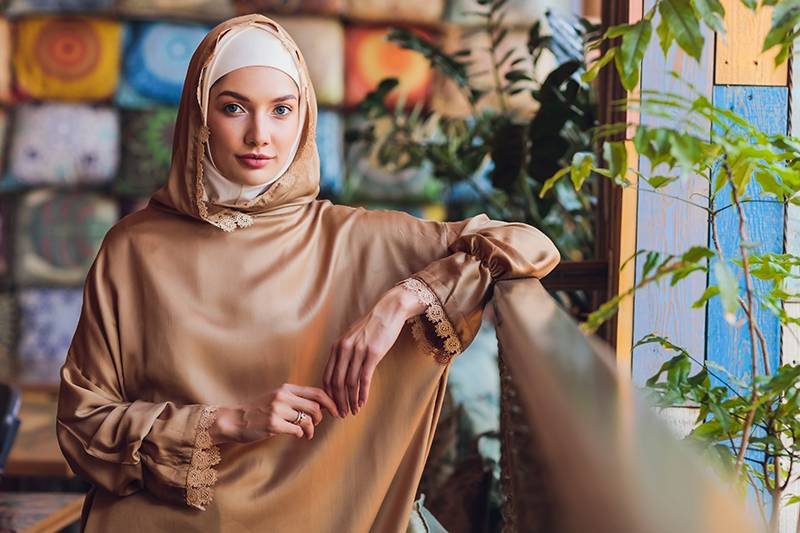South-asia culture
South-Asia Daily wear
Men
The traditional South Asian men wear the Achkan/Sherwani, Bandhgala, Lungi, Kurta, Angarkha, Jama, Shalwar Kameez, Dhoti and Kurta Pajama.
Women
Sari is a traditional South Asian garment ranging from five to nine yards.
South-Asian women wear saris with choli tops, long lehenga skirts, and dupatta scarves to create an ensemble called a ghagra choli, or shalwar kameez suit.
Useful link
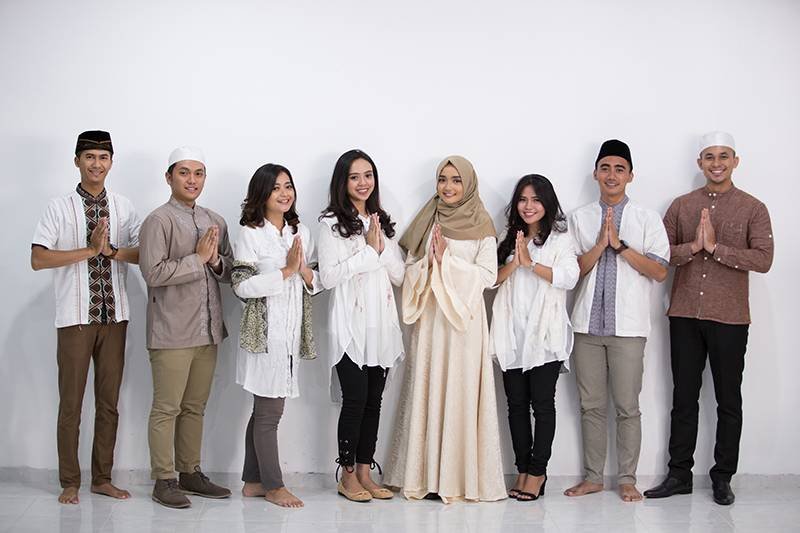
India
Indian grooms have a range of outfit options for their wedding day. The traditional choice is a sherwani, a long coat-like jacket worn over a kurta and churidar. Sherwanis are usually made from luxurious fabrics like silk or velvet and heavily embroidered, making them a grand and elegant choice. Grooms often pair the sherwani with traditional leather sandals or dress shoes, and may also wear a turban or safa. The color of the sherwani is often chosen to compliment the bride’s outfit, with gold and white being popular choices.
For grooms who prefer a more modern look, a Western-style suit can be a great option. This is particularly popular for weddings with a contemporary theme. The groom may choose to accessorize with a turban or safa and traditional shoes, or opt for a more Western look with dress shoes. Ultimately, the groom’s outfit is a personal choice and should make him feel confident and stylish on his big day.
Indian brides love to wear colorful and ornate outfits on their wedding day.
Traditionally, the bride wears a red lehenga to represent happiness and good luck for the couple. However, more modern brides are choosing other colors like blue, tangerine, green, gold, and coral to stand out. These lehengas are embroidered with intricate designs made from 24 karat gold thread and adorned with crystals.
The bride completes her look with an elegant head scarf and a large amount of jewelry, including a maang tikka, bangles, necklaces, and earrings. Makeup and henna (mehndi) are also important parts of the bridal ensemble, which features a long skirt paired with a fitted blouse and a dupatta (scarf). These outfits are made from luxurious fabrics like silk or velvet and are heavily embellished with beading, embroidery, or sequins.
Indian brides always look stunning on their wedding day, dressed to impress and radiating with joy.
Useful link
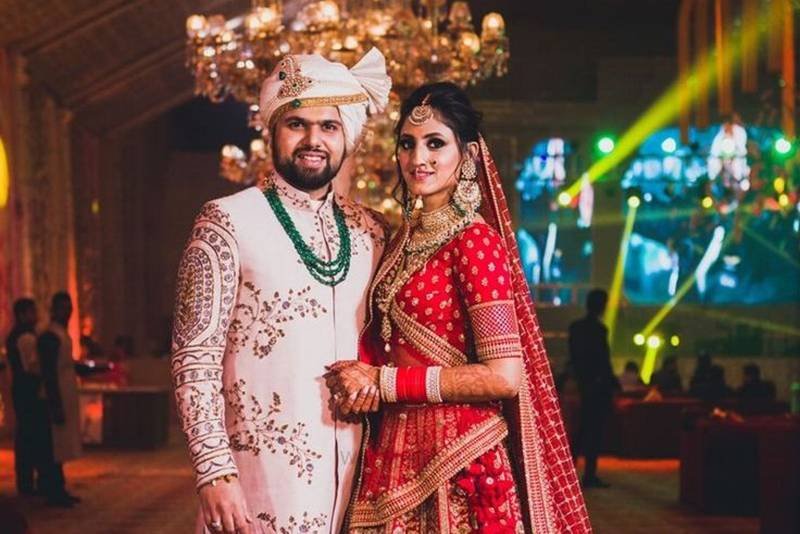
Pakistan
Pakistani grooms like to keep things simple for their wedding day. They usually go for traditional outfits like a shalwar kameez or sherwani, which are basically loose-fitting tunics or coat-like jackets paired with trousers. These outfits are usually in neutral colors like black or white, but some grooms might go for more colorful options. Some grooms even choose to wear a Western-style suit if they’re feeling fancy. Accessories like a turban or pagri and shoes are also important parts of the groom’s outfit. Overall, the groom’s clothing is understated but still adds a touch of elegance to the wedding celebration.
Pakistani brides dresses are super fancy and elegant, and they’re considered some of the best in the world. Because Islam is the main religion in Pakistan, the bridal wear is influenced by Islamic culture, which means the dresses are quite conservative and cover up everything from head to toe. But even with all that coverage, Pakistani brides still look incredibly chic and graceful.
Useful link
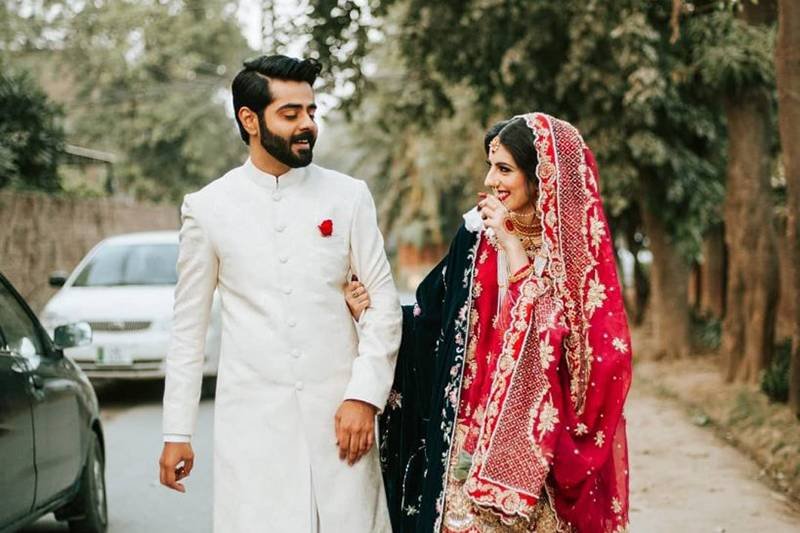
Nepal
The traditional Nepali groom outfit, known as the Daura Suruwal, originates from the Limbu people but has become widely adopted among Nepali people. Resembling Indian kurta pajamas, the outfit consists of a long tunic and comfortable pants cinched with a patuka belt. The patuka is typically adorned with Hindu symbols or curly designs. The outfit is completed with a topi cap, a string of flowers around the neck, and traditional leather shoes called docha. Overall, Nepali wedding attire is a beautiful reflection of the country’s vibrant culture and traditions.
Nepali brides have various options for their wedding attire, including a saree or a lehenga choli with intricate embroidery and embellishments. The saree is draped over the head and body, while the lehenga choli consists of a long skirt, a fitted blouse, and a scarf. Brides often wear heavy gold jewelry, including necklaces, earrings, bangles, and a tikka (headpiece). Meanwhile, the groom usually wears a topi and a string of flowers around his neck, paired with traditional leather shoes called docha. The Nepali wedding attire is a beautiful reflection of the country’s vibrant culture and traditions, with the bride’s dresses often made to match her necklaces, precious jewelry, and gold accessories. The traditional Nepali wedding dress for brides is a red sari, which is wrapped around the waist and worn with a petticoat called ghagra, a blouse, and a scarf or shawl to cover the sari’s upper part. Among the various styles of wedding dresses, the Navi style is famous among Nepali brides.
Useful link
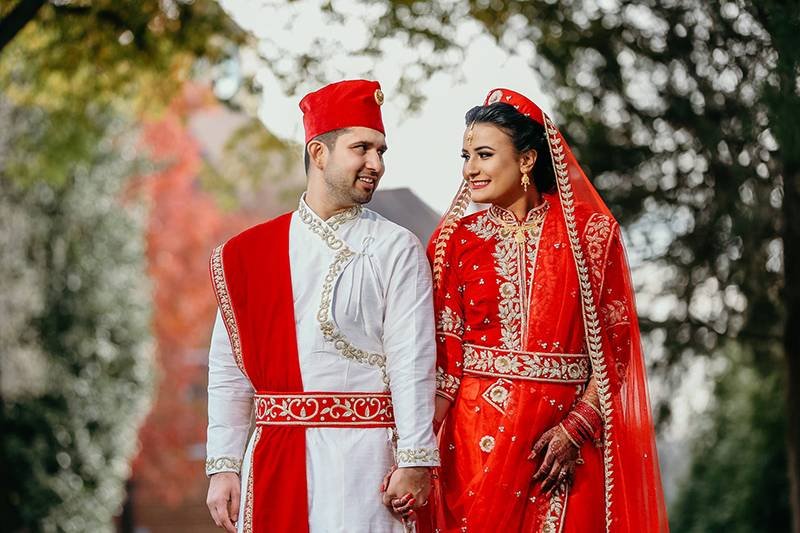
Instrument
Tabla is a percussion instrument that is commonly used in classical, folk, and popular music in India, Pakistan, Bangladesh, and other parts of South Asia. It consists of two small drums, the bayan or dugga (the bass drum) and the dayan or tabla (the treble drum), that are played with the hands.
The tabla is played with the fingertips and palms of the hands, and different strokes produce different sounds. The right hand is used to play the dayan, while the left hand is used to play the bayan. The player can produce a range of sounds by striking different areas of the drumhead with different parts of the hand.
The tabla is an important instrument in Indian classical music and is often used to accompany vocalists, instrumentalists, and dancers. It is also used in popular music genres such as fusion, jazz, and world music. Today, the tabla is a popular instrument worldwide and is played by musicians of all genres and backgrounds.
Ghungroo is a small percussion instrument that is commonly used in classical and folk dances in India, particularly in the North Indian classical dance form of Kathak. It consists of a string of small metallic bells that are tied together and worn around the ankles of the dancer. The number of bells in a ghungroo can vary from around 50 to 200 or more, and they are usually made of brass or bronze.
When the dancer moves, the bells produce a jingling sound that adds to the overall rhythm of the dance. The sound of the ghungroo is considered an essential aspect of Indian classical dance, as it helps to accentuate the various footwork and movements of the dancer.
Traditionally, the process of making ghungroos was a specialized craft that was passed down through generations of artisans. Today, ghungroos are also commercially available and are used not only in classical dance but also in other forms of music and dance in India and around the world.
Madal is a percussion instrument that originates from Nepal. It’s a double-headed drum that’s made of wood, and both of its heads are covered with animal skin (usually goat skin). The drum’s body is hollow and cylindrical in shape, with one head being larger than the other. The larger head produces a bass sound while the smaller head produces a treble sound.
Madal is played with both hands, using the fingers and palms to strike the drumheads in various ways to create different sounds and rhythms. It’s often used in Nepali folk music and religious ceremonies, and it’s also popular in other parts of South Asia, including India and Bangladesh.
In recent years, the Madal has gained popularity outside of South Asia and is now used in various music genres around the world, including fusion, jazz, and world music. Its unique sound and versatility make it a beloved instrument for percussionists and music enthusiasts alike.
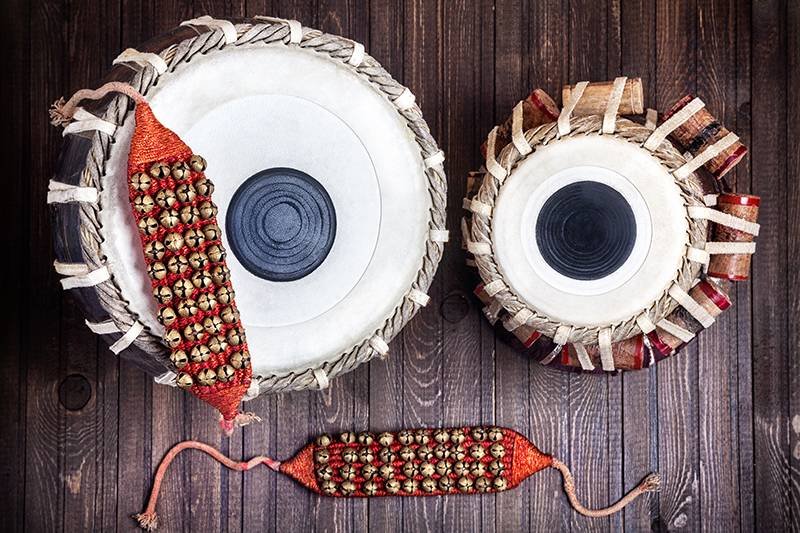
Muslim Head Cover
Religious Background
While the practice of wearing Muslim women’s head coverings is primarily religious, it is also seen as a cultural and political symbol. In some countries, wearing a headscarf is a legal requirement, while in others, it is a personal choice. The issue of Muslim women’s head coverings has been the subject of debate and controversy in many societies, with some arguing that it represents oppression of women, while others argue that it is a symbol of religious freedom and individual choice.
A hijab is a headscarf worn by Muslim women to cover their hair, neck, and ears. It is usually made of lightweight fabric and is draped over the head and shoulders. Hijabs come in various colors and styles, and some women choose to accessorize them with pins, clips, or brooches.
A dupatta is a long scarf that is draped over the head and shoulders and is commonly worn by South Asian women as a cultural tradition. It is often paired with a traditional outfit such as a salwar kameez or lehenga choli.
A chador is a full-body cloak worn by some Muslim women, particularly in Iran. It is a loose-fitting garment that covers the entire body except for the face, hands, and feet. The chador is typically made of a lightweight fabric such as cotton or silk.
A niqab is a veil that covers the face except for the eyes, and is typically worn in Saudi Arabia and some Gulf countries. It is usually made of black fabric and is often worn with a headscarf and a long robe called an abaya.
A burqa is a full-body veil that covers the entire body, including the face, except for a small opening for the eyes. It is typically worn in Afghanistan and some parts of Pakistan. The burqa is often made of a lightweight fabric such as cotton or silk, and is typically black or blue in color.
